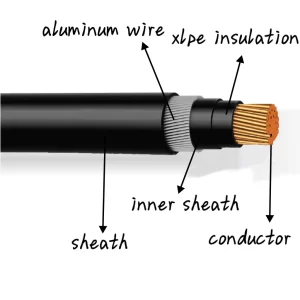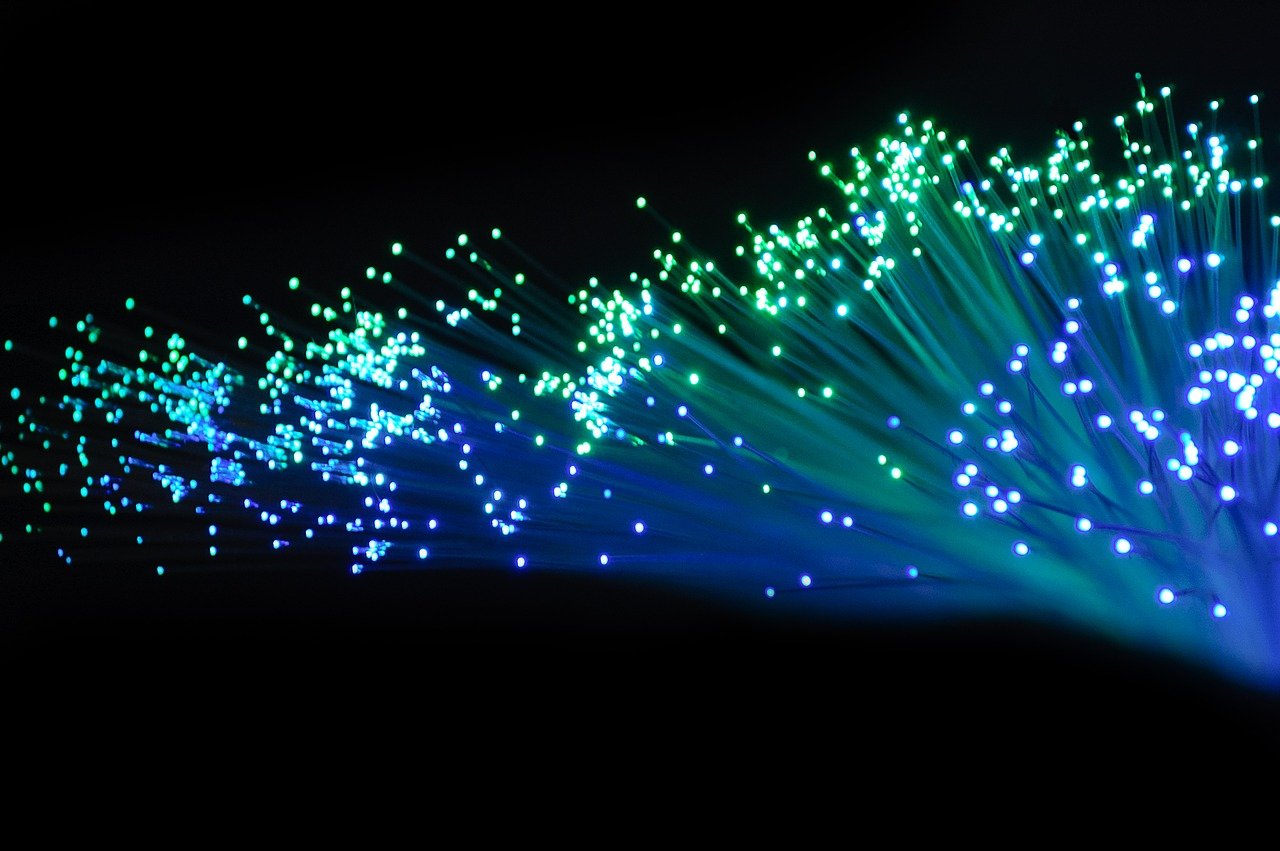The Complete Guide to Armored Cable: Outdoor & Fiber Optic

Understanding Armored Cable
Advantages of Armored Cable
Armored cable, also known as protective wiring or reinforced cable, is a robust type of wiring used in various electrical applications. Its durability and protective sheathing make it a reliable choice for installations where additional protection is required. The outdoor and fiber optic options for armored cable further enhance its versatility, making it suitable for a wide range of applications. This comprehensive guide aims to provide valuable insights into the benefits and installation methods of outdoor and fiber optic armored cable systems.
Benefits of Outdoor Armored Cable
Durability and Weather Resistance
Outdoor cable is built to endure the harshest weather conditions, making it an excellent choice for outdoor installations.
The protective sheathing of outdoor wiring offers resistance to moisture, UV rays, and temperature fluctuations, ensuring long-term durability.
Versatility and Application
Exterior wiring is highly versatile and suitable for a wide range of applications, including outdoor lighting, security systems, and underground wiring.
Its flexibility and durability make outdoor wiring the preferred choice for various outdoor electrical projects.
Exploring Fiber Optic Armored Cable
High-Speed Data Transmission
Fiber optic cable, also known as optical fiber wiring, offers unparalleled high-speed data transmission capabilities, making it an ideal choice for telecommunications and networking applications. The use of fiber optic cable ensures reliable and secure data transmission over long distances, contributing to its growing popularity in various industries. Its ability to transmit data at incredibly high speeds makes it a preferred option for businesses and organizations that rely on fast and efficient communication networks.
Resilience to Electromagnetic Interference
One of the key advantages of fiber optic wiring is its immunity to electromagnetic interference. This unique feature ensures stable and uninterrupted data transmission, even in areas with high electrical noise or interference. As a result, fiber optic cable is the go-to solution for installations where maintaining signal integrity is crucial.
Types of Protective Sheathing
Metallic Armored Sheathing
When it comes to armored cable, protective sheathing plays a crucial role in safeguarding the wiring from physical damage and environmental hazards. Metallic armored sheathing, made of interlocking aluminum or steel, offers robust protection, making it an ideal choice for industrial and outdoor applications where additional durability is required. The metallic protective covering ensures that the cable remains intact even in harsh conditions, providing long-term reliability and safety for electrical installations.
Non-Metallic Armored Sheathing
In contrast, non-metallic armored sheathing provides a different set of advantages. Made from materials such as interlocking aluminum or steel with a PVC jacket, non-metallic shielding material offers flexibility and corrosion resistance. This makes it suitable for both indoor and outdoor installations where lightweight yet durable protective sheathing is preferred. The non-metallic option is often the top choice for applications requiring versatile and resilient protective coverings.
Applications and Installations
Installing Armored Cable Systems
When it comes to installing armored cable, proper techniques and considerations are crucial for ensuring optimal performance and safety. Here are some key points to keep in mind:
Choose the right protective sheathing based on the specific environmental conditions and application requirements.
Follow manufacturer guidelines and industry best practices for the installation of reinforced cable to maximize its durability.
Use appropriate connectors and fittings designed for armored wiring systems to maintain their integrity.
Diverse Applications
The versatility of protective wiring extends to a wide range of applications, including industrial machinery, commercial buildings, telecommunications infrastructure, and residential electrical installations. Its robust construction makes it suitable for both indoor and outdoor use, providing reliable power and data transmission capabilities.
Longevity and Reliability
Properly installed armored wiring systems offer longevity and reliability, minimizing the risk of downtime or maintenance issues. By understanding the unique features of outdoor and fiber optic armored cable, users can select the most suitable solution for their specific needs.
See Also
Utilizing Fiber Optic Cables for Underground Installations
Advantages of Weatherproof FastConnect Fiber Field Assembly Connector
Efficient Installations with FiberHome Flat Drop Cable
Advantages of Water-resistant OptiTap MPO Multimode OM3 Cables
Advantages of ADSS Fiber Optic Cables for Overhead Power Lines


